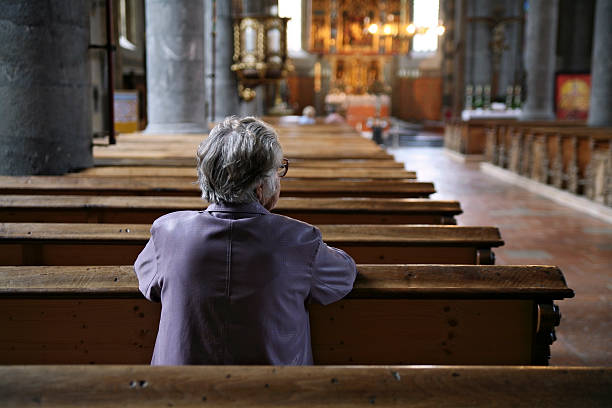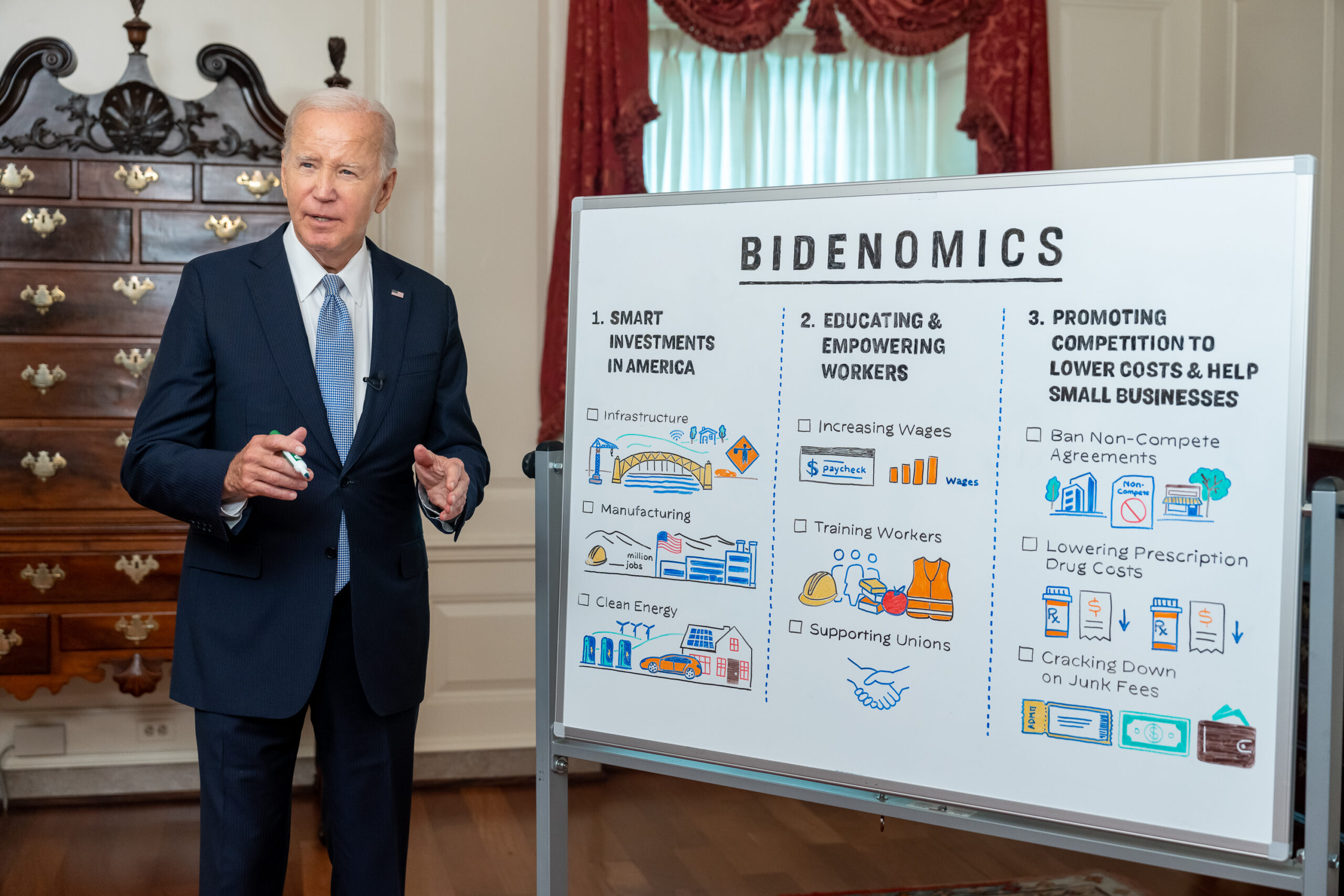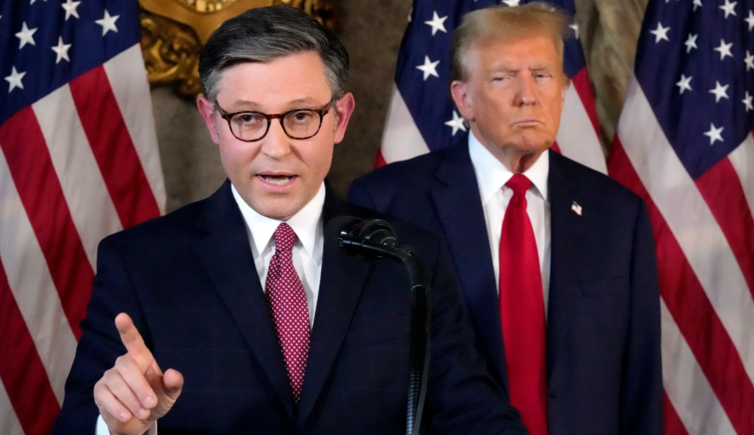(ThyBlackMan.com) Realignment and transformation throughout our nation’s political landscape is not new. Our country will always be divided over who gets the political upper hand and the fight to keep it. With today’s polarization approaching Civil War levels, the division is no longer regional (North vs. South). It is more political (red vs. blue) but remains divided by culture, race, and class. At one time, the Democrats were the conservatives, and the Republicans were the liberals. It is unlikely we will ever see the two parties flip again in ideology, but the internal political transformation on the state level will always take place.

Whenever I think of the Democratic Party, I see it as a big tent party of political inclusion. It generally welcomes a broad spectrum of views and beliefs, reflecting a nation of people with diverse backgrounds, experiences, and cultures. Those making up the big tent may not always agree on every topic, but diverse ideas and backgrounds should always be welcomed. The Democrats, with its broad coalition of movements, face a greater challenge than Republicans in keeping their big tent intact from one election to another. Since people don’t like to be taken for granted, the Democratic Party must work hard and focus on expanding the big tent and keeping it unified. Therefore, Democrats should have listened more to Tom Vilsack when he sounded the alarm as Agriculture Secretary in the Obama administration. Vilsack grew frustrated with a culture in Washington that often ignored rural America’s struggles. “I just sometimes think rural America is a forgotten place,” he often said.
The fact that many white, working-class voters turned decisively to the former reality TV star after supporting Barack Obama in 2008 and 2012 played a big part in electing Donald Trump as president. Before Trump’s surprising victory, Vilsack complained loud and often that the Democratic Party had given up competing in large areas of the country that were necessary to win Senate seats, governor’s races, and state legislatures. “Democrats need to talk to rural voters,” Vilsack once warned. “They can’t write them off. They can’t ignore them. They actually have to spend a little time talking to them.” Before Vilsack became Agriculture Secretary, he served two terms as governor of Iowa, which is 95% white. His eight years as governor should have been the national blueprint for the Democratic Party to follow in addressing the isolation of white working-class voters in rural America—now, rural America has become the heart of Trump’s MAGA movement.
When Vilsack won his long-shot race for governor in 1998, it was the first time Iowa had elected a Democrat in 32 years. In eight years, he transformed the state’s political landscape when he was followed by a Democrat governor who, for the first time in four decades, had a Democratic legislature. “I personally took over managing legislative races,” Vilsack said. “We won the House and the Senate, and we had three of the five members of Congress.” Vilsack’s success was a boon for Barack Obama, whose 2008 victory in Iowa proved that he could attract the support of white Midwestern voters.
As the party of political inclusion, the Democrats were deaf to Vilsack’s warnings. All the political gains in Iowa made at the state and federal levels and in presidential elections are now erased. Today in Iowa, Republicans dominate every aspect of state government while controlling both U.S. Senate seats and three of the four U.S. House seats. After Obama left office, Trump also won the state in the last two presidential elections. Duplicate this in pockets throughout the nation, and the Democrats are hard-pressed to keep the Obama-winning coalition together. It shows how the Democrats are losing the culture wars. Surprisingly, the Democrat’s big tent does not accept the rural white working-class voters in the same manner it accepts white working-class voters from urban areas who typically aligned themselves with unions. The political transformation saw Iowa change from red to blue and back to red. Today, Florida is in the midst of its own political transformation by building on a trend over the last decade that has pushed the state further to the right. Miami-Dade County has long been a Democratic stronghold in Florida. If Republican success in expanding their support with Hispanic voters continues to gain momentum, it would likely take Florida out of play entirely for Democrats in future presidential elections.
Fernand Amandi, a Democratic pollster who worked on Obama’s successful 2012 presidential campaign, said that instead of working to counter the GOP’s outreach efforts, Democrats, by and large, ceded ground to Republicans, especially in Miami-Dade County. “The larger realignment has been accelerated by the lack of a comparable presence on the playing field by Democratic organizations and party efforts to try to maintain or regain the hold they had on Hispanic voters in 2016,” Amandi said. “They just left the playing field.”
As the Democrat’s political base shrinks in Florida with a growing number of Hispanic voters flipping to the Republicans, the Democratic Party’s dependence on the Black vote becomes even more critical with future elections. No one likes to be taken for granted. As rural voters nationally felt ignored and taken for granted, Hispanic voters in certain areas of the nation are feeling the same way. The Democrats cannot afford to make the same mistake with Black voters.
Written by David W. Marshall
Official website; https://davidwmarshallauthor.com/




















Leave a Reply